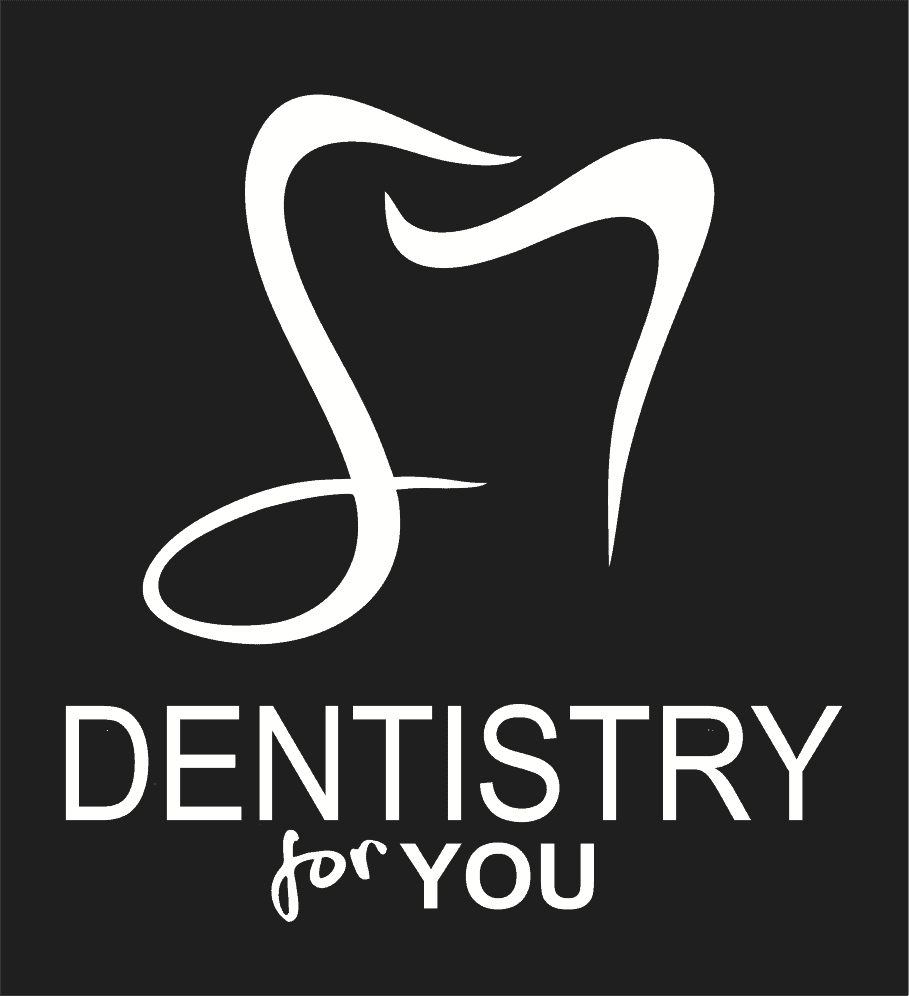
Dental Crowns
 Dental Crowns in Oklahoma City, OK
Dental Crowns in Oklahoma City, OK
Traditionally, prosthodontic crowns were comprised of porcelain fused to metal. This solid combination is still used by many dental professionals as a simple, cost-effective option. More recently, however, the introduction of fully ceramic crowns has changed the aesthetic appearance of many smiles. These crowns function in the same way as traditional crowns, but their fully ceramic composition means that the restoration looks far more natural.
Dental crowns are usually placed to strengthen an injured tooth. All dental professionals agree that when possible, it is advantageous to restore a natural tooth rather than replace it with a prosthetic alternative. Ceramic crowns are precision-engineered to create a beautiful fit and restore full functionality to the injured tooth.
Why might a dental crown be necessary?
Unlike the majority of the rest of the body, the teeth do not have extensive healing capabilities. Therefore, once the enamel (or surface) of the tooth is injured in some manner, it cannot heal itself. Dental crowns are placed to stabilize damaged teeth and permanently prevent the propagation of further damage. Enamel may be injured by trauma, bacterial infections, or decay. Crowns are often used to seal teeth after root canal therapy.
Ceramic dental crowns have many advantages over the porcelain-fused-to-metal (PFM) alternative, including:
- Exact color matching – Ceramic crowns can be created in a color that will perfectly match the color of existing teeth. This means the restoration is invisible to onlookers.
- No metal base – The partially ceramic traditional crowns do look somewhat natural on top, but an unsightly metal band still exists near the base of the tooth. Fully ceramic crowns eliminate the metal aspect entirely.
- Biocompatibility – Ceramic crowns have been engineered to encourage the gums to grow back around them. This means that eventually, full gum symmetry and stability is achieved.
- Custom fitting – Highly skilled technicians create custom ceramic crowns to ensure that a perfect fit is achieved.
What is involved in getting a ceramic dental crown?
Placing a crown is a common and straightforward procedure that dental professionals perform regularly. X-rays and impressions are taken and a thorough examination is conducted prior to treatment. It is important for a dental professional to assess the health of adjacent teeth and gums, to ensure that there are no underlying issues.
A local anesthetic is administered while the tooth is being shaped. The shaping is necessary to ensure that the crown will fit snugly on the tooth. This process is done slowly and carefully to ensure that the soft tissue around the tooth is not damaged. When the tooth is fully prepared, the dental professional creates an accurate mold of the tooth and chooses the color. A temporary crown is placed while the custom ceramic crown is being created at the laboratory.
At the next appointment, the temporary crown is removed. The inner tooth is thoroughly cleansed to ensure that any bacteria are eliminated. The permanent ceramic crown is affixed to the tooth using luting cement, and a beautiful smile is created.
Ready For An Appointment?
Call or schedule your appointment online right now:


